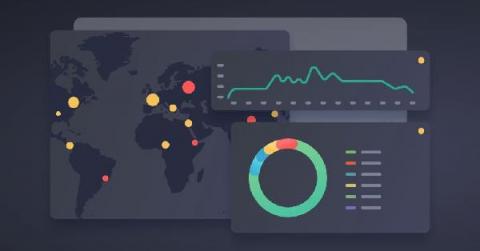Operations | Monitoring | ITSM | DevOps | Cloud
Latest News
What is log management in DevOps?
Monitoring and troubleshooting - Apache error log file analysis
Serverless Architecture Explained: Easier, Cheaper, FaaS vs BaaS & Evolving Compute Needs
What is Generative AI? ChatGPT & Other AIs Transforming Creativity and Innovation
Monitor OpenAI API and GPT models with OpenTelemetry and Elastic
ChatGPT is so hot right now, it broke the internet. As an avid user of ChatGPT and a developer of ChatGPT applications, I am incredibly excited by the possibilities of this technology. What I see happening is that there will be exponential growth of ChatGPT-based solutions, and people are going to need to monitor those solutions.
Getting Started with Logz.io Cloud SIEM
The shortcoming of traditional SIEM implementations can be traced back to big data analytics challenges. Fast analysis requires centralizing huge amounts of security event data in one place. As a result, many strained SIEM deployments can feel heavy, require hours of configuration, and return slow queries. Logz.io Cloud SIEM was designed as a scalable, low-maintenance, and reliable alternative. As a result, getting started isn’t particularly hard.
ChaosSearch Pricing Models Explained
Enhancing Datadog Observability with Telemetry Pipelines
Datadog is a powerful observability platform. However, unlocking it’s full potential while managing costs necessitates more than just utilizing its platform, no matter how powerful it may be. It requires a strategic approach to data management. Enter telemetry pipelines, a key to elevating your Datadog experience. Telemetry pipelines offer a toolkit to achieve the essential steps for maximizing the value of your observability investment. The Mezmo Telemetry Pipeline is a great example of such.
Reduce time to detect with AppDynamics Cloud Log Analytics
How machine learning in AppDynamics Cloud accelerates log analysis and reduces mean time to detect. Site recovery engineers (SREs) need to investigate unknown problems reported in production. The common approach is to search and filter log files to find the root cause, and we all know how painful it is to sift through log contents. It’s like finding a needle in a haystack. A machine learning approach is essential to assist SREs to quickly identify the root cause.











